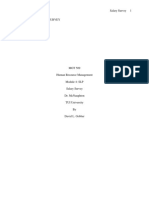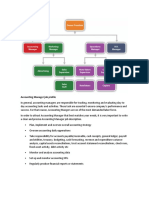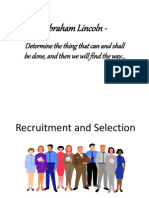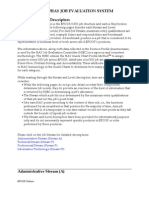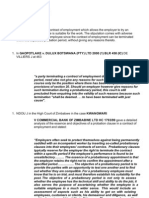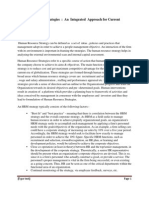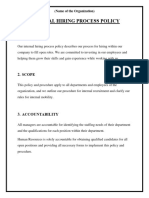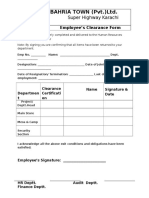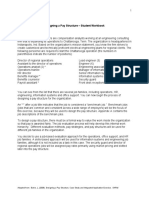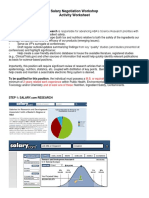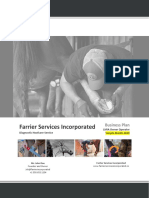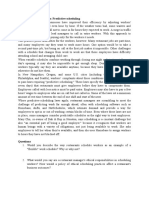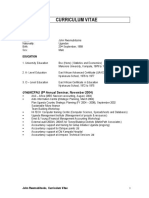0% found this document useful (0 votes)
248 views12 pagesPay Structure Design and Analysis
The document describes conducting a job evaluation to determine appropriate pay scales for different positions. It provides job descriptions and assigns evaluation points for an administrative assistant, payroll assistant, operations analyst, and benefits manager. It then calculates average salaries for each role based on collected market data. Finally, it performs a simple regression analysis showing a strong correlation between job evaluation points and average salary.
Uploaded by
Jamil KanaanCopyright
© © All Rights Reserved
We take content rights seriously. If you suspect this is your content, claim it here.
Available Formats
Download as PDF, TXT or read online on Scribd
0% found this document useful (0 votes)
248 views12 pagesPay Structure Design and Analysis
The document describes conducting a job evaluation to determine appropriate pay scales for different positions. It provides job descriptions and assigns evaluation points for an administrative assistant, payroll assistant, operations analyst, and benefits manager. It then calculates average salaries for each role based on collected market data. Finally, it performs a simple regression analysis showing a strong correlation between job evaluation points and average salary.
Uploaded by
Jamil KanaanCopyright
© © All Rights Reserved
We take content rights seriously. If you suspect this is your content, claim it here.
Available Formats
Download as PDF, TXT or read online on Scribd
/ 12






